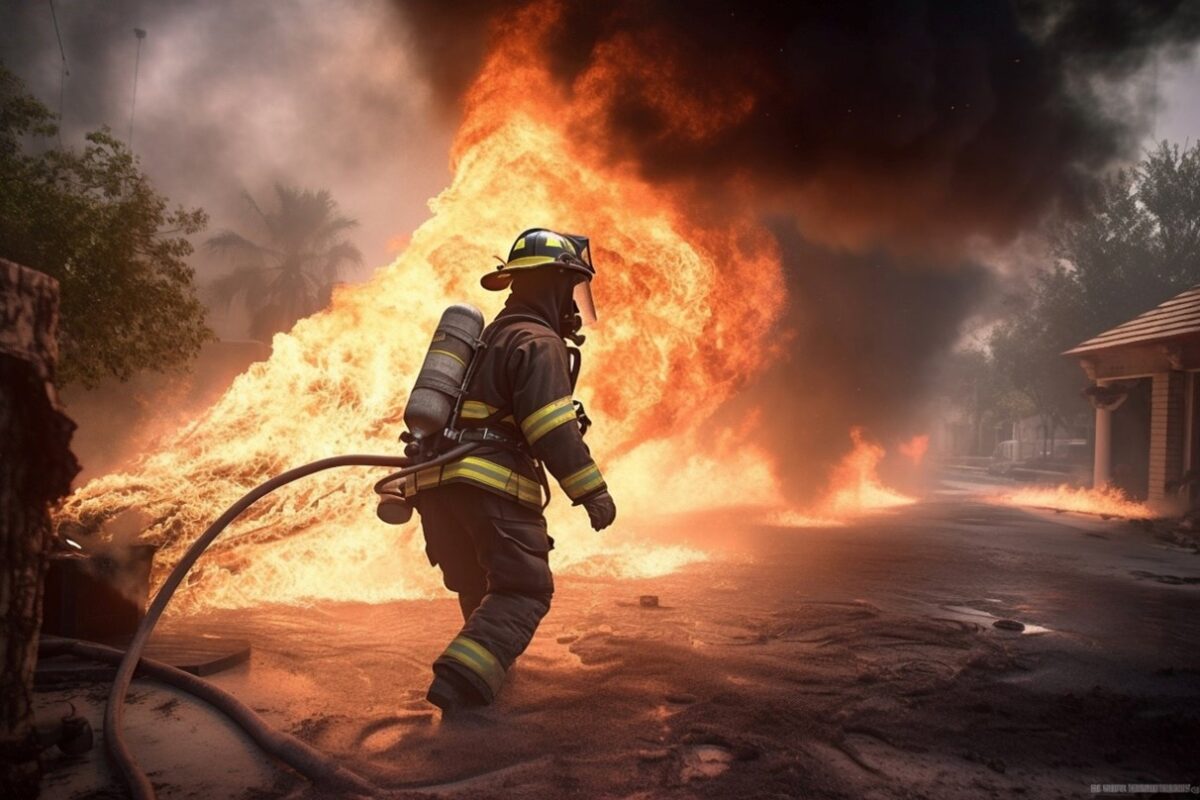Fire safety measures may seem common sense in this highly regulated age. However, this was not always the case. Like many other safety regulations, fire safety regulations are carved from tragedy.
Organizations such as the National Fire Protection Association (NFPA) help establish regulations for commercial and public buildings such as schools. The basic requirements include equipment (alarms, sprinklers, etc.), occupation limits, and emergency plans.
Devin Doyle of Newport Beach reports that fire safety is paramount to keeping students and staff safe. The U.S. averages 3,230 school fires a year yet the deaths and casualties from these incidents are incredibly low due to fire safety codes.
What the NFPA Does for Fire Safety
The National Fire Protection Agency is one of the main reasons every public space has fire protection solutions in place. This organization researches all aspects of fire safety and then creates codes and standards to minimize loss of life.
In addition to standards, the NFPA also provides public education, performs outreach programs, and provides training.
Essential Equipment
The essential equipment for schools outlined by the NFPA includes alarms, sprinklers, and extinguishers. The NFPA also provide standards as to how many of each are required and where they should be placed.
Fire alarms should be both linked to each other and linked to sprinklers. This ensures that people in all corners of a school building are alerted to the fire.
The fire sprinklers in particular are quite important. When linked to the alarms they will go off in the event of a fire. This helps to both put-out fires and prevent them from spreading.
Lastly, fire extinguishers will help building occupants extinguish small fires before they can become serious.
Space Requirements
Another crucial element of fire safety in schools is an upper limit on room occupancy. Depending on the size of a room the NFPA sets a standard for the maximum number of people allowed in at one time.
This is to ensure that all occupants can safely exit the room during an emergency. In addition to the size of a room, it is important to consider the location and occupants.
The NFPA also determines which age ranges must be on the same floor as the building exits. The concern is for young children who may need to be carried or aren’t able to move as quickly as older children.

Required Safety Plans
Perhaps most important for a school is an emergency plan. A school is required to have a plan in the event of many emergencies not just fires. These plans must detail the response to the emergency (e.g., reporting it, evacuating if needed, what routes to take).
These plans should also outline drills to prepare the students and staff for an emergency. Drills must be performed semi-regularly to maintain preparedness.
Final Thoughts
Between fire safety equipment, occupancy limits, and fire safety plans schools can greatly reduce injuries and property damage. Thanks to these fire safety standards students and staff are kept safe.

